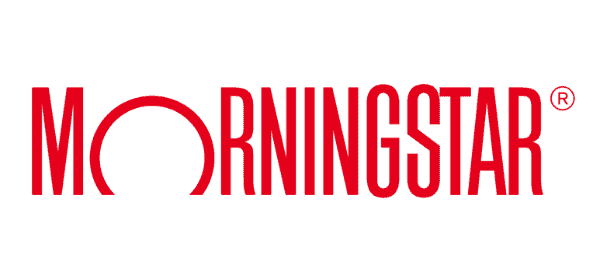We appreciate Morningstar (MORN) taking the time to answer our article with a response on ValueWalk and an interview with Chuck Jaffe of Money Life. Investors and advisors need diligent fund research more than ever, so it’s important that such an influential firm be willing to engage in discussions about its role in the industry.
Rather than go point by point through Morningstar’s rebuttal, we just want to follow up with a few unanswered questions. The questions focus on how the firm ensures the independence (i.e. no conflicts of interest) of its fund ratings and how it can promote best practices among consumers of its research.
What Percentage of Morningstar’s Revenue Comes from Funds It Covers?
In our initial article, we wrote that Morningstar derives a significant amount of revenue from asset managers, both from selling data and collecting licensing fees to advertise Morningstar ratings. Morningstar responded:
“License-based revenue includes far more than the star ratings. License-based revenue includes Morningstar Data, Morningstar Direct, Morningstar Advisor Workstation, Morningstar Enterprise Components, Morningstar Research, and other similar products… we don’t break out the revenue that we derive from licensing our ratings, as this revenue isn’t material to our overall results.”
According to The Wall Street Journal, Morningstar’s intellectual property licensing packages contributed 4% of revenue in 2016. However, this number is somewhat misleading. Morningstar Data, which contributed 19% of revenue in 2016, also includes licenses to use the company’s ratings in fund materials and advertising.
In the interview on Money Life, Jeffrey Ptak, Global Director of Manager Research at Morningstar, also noted that 4% of revenue ($32 million on $800 million total revenue) came from ratings and licensing, but this number included other things besides just ratings. More importantly, the distinction between revenue earned from licensing ratings or from selling software is ultimately less important than which customers are providing that revenue.
In the interest or transparency, we ask that Morningstar disclose how much revenue it earns from funds that are under its coverage.
How Does Morningstar Prevent its Ratings from Being Misused?
Despite our disagreements with Morningstar, our view on the usefulness of Morningstar’s ratings is the same as theirs. From our original article:
“Morningstar ratings provide an excellent starting point when making an investment decision.”
From Morningstar’s response:
“We have consistently described the rating as a potentially useful starting point for research.”
If anything, we are more positive about Morningstar’s ratings than they are. Accurate data about fees and past performance is absolutely a useful tool for investors and advisors who want to make an informed investment decision.
Unfortunately, the reality is that too many people today use Morningstar’s ratings as the sole basis for investment decisions. Some investors lack the sophistication to conduct their own outside research, and some advisors find it easier to point to a simple star rating rather than going through a more comprehensive process.
We believe Morningstar can do more to end this misuse of its data. Morningstar’s status and brand in the fund industry has helped it earn millions in profits. That status also comes with an obligation to protect the best interests of investors.
All Morningstar said on this subject is:
“Misuse of data points is hardly limited to the star rating, which is why we routinely examine how data points are being used in practice and whether there are ways we can help investors better succeed with them.”
We would like to know much more about Morningstar’s efforts on this front. In particular, we want to know:
- How does Morningstar educate advisors about the best way to use its research as part of a comprehensive diligence process?
- How does Morningstar convey to the public (beyond just disclaimers at the bottom of pages) that its ratings should not be the sole basis for investment decisions?
- What is Morningstar’s process for identifying and correcting the misuse of its data in practice?
- How does Morningstar try to prevent the incorrect use of its ratings in ads as identified by The Wall Street Journal?
Morningstar has made clear that “past performance is no predictor of future success.” Why not be as overt with the non-predictability and backward-looking nature of star ratings?
With great power comes great responsibility. When Morningstar’s ratings have the power to impact fund flows and move markets in such a substantial way, we think the company’s brand could benefit from the firm taking more of a leadership role in ensuring that its research is used responsibly.
Putting all that responsibility on the backs of already over-burdened regulators is not, in our opinion, enough, especially considering the limited effectiveness of that approach to date.
This article originally published on November 21, 2017.
Disclosure: David Trainer and Sam McBride receive no compensation to write about any specific stock, style, or theme.
Follow us on Twitter, Facebook, LinkedIn, and StockTwits for real-time alerts on all our research.
